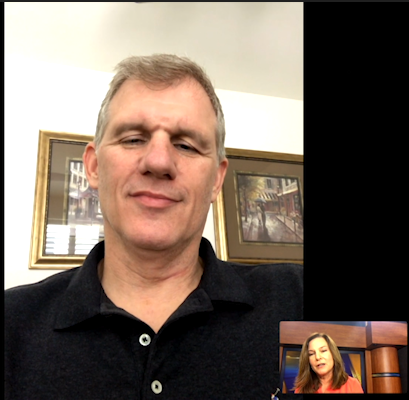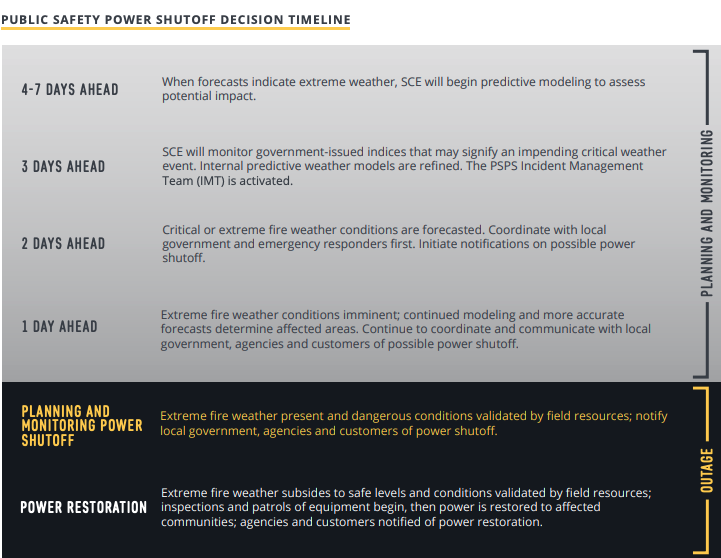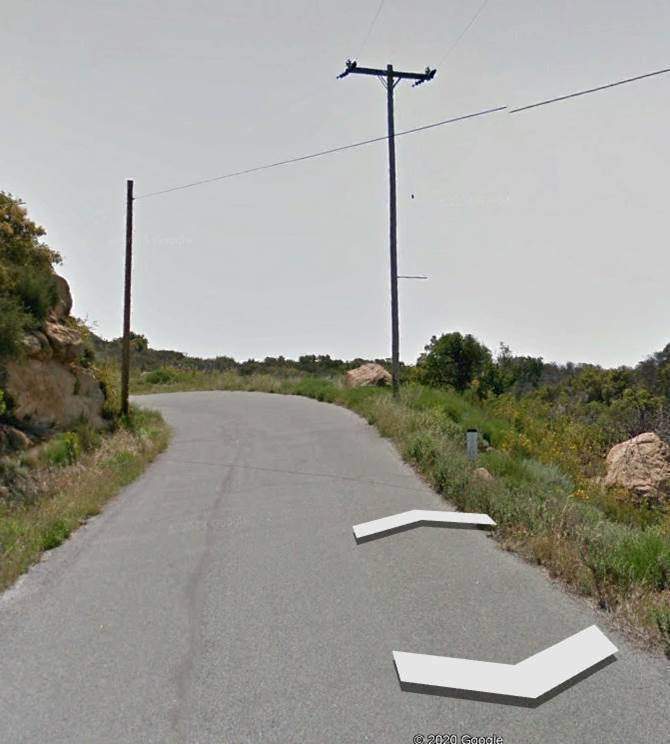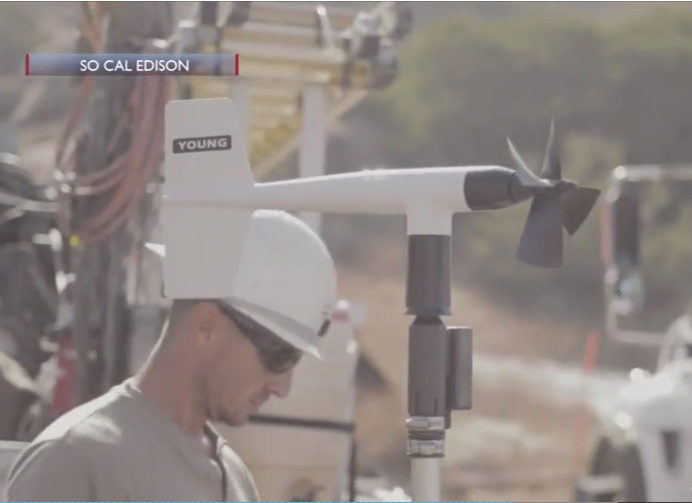SCE urges Santa Barbara, Ventura county customers to have a plan ahead of potential power shutoffs
SANTA BARBARA, Calif. - More local residents are quietly tossing around 'PSPS' during the COVID-19 pandemic; that's code for Southern California Edison's (SCE) Public Safety Power Shutoff.
Planned black-outs will take on a whole new urgency during high winds, hot temperatures and the pandemic.
"Nobody likes to have their power turned off for any reasons, whether it's God's doing or us doing it," said Don Daigler, SCE Director of Business Resiliency.

Daigler is one of SCE's top decision makers when it comes to shutting of circuits during extreme weather conditions. Some call it the perfect storm for fire weather and power outages.
"We do know that it's more than just an inconvenience and that is not our first line of defense, it's our last line of defense."
SCE collaborates with fire authorities and the national weather service to monitor dry fuel levels, high winds, hot temperatures and, low humidity.
Eric Boldt with the National Weather Service (NWS) in Oxnard said "it depends on how dry fuels are" when SCE decides to implement a power outage, however, Boldt said the utility is almost always in agreement with the NWS when it issues a Red Flag Warning.
SCE also has its own criteria, which varies between locations within its service territory.
The NWS warning is usually issued in hot or extreme heat when sustained winds are blowing at 25 mph or gusts hit 35 mph. Humidity levels must be less than 15% for at least six hours.
"A combination of those we use to make our initial decisions about whether we're gonna notify customers that something could happen in the next several days," Daigler said.
SCE's website includes a timeline graphic (see below) that is helpful. It is based on weather forecasts, roughly seven days out, ahead of a possible outage.

Daigler said SCE is being "very proactive" given California's changing weather conditions.
"There's a lot of new technology being employed," Daigler shared.
SCE Public Safety Advisor Reggie Kumar said SCE crews will install covered conductor (insulated wire) in dozens of locations throughout Santa Barbara and Ventura Counties, hopefully by Fall.
More than 20 circuit miles of the technology will be installed in Santa Barbara County this year, and more than 100 circuit miles in Ventura County. Covered conductor is key at preventing sparks in high wildfire areas.
Roughly 25 poles will go in along Cathedral Oaks Road from Patterson Avenue to San Marcos Road (including more locations north into neighborhoods). 32 poles will be installed along a one mile stretch along Stagecoach Road and Paradise Road. And, another 29 poles are slated to go in along West Camino Cielo, west of San Marcos Road, for about two miles.

That's just one technology.
"We've put in almost 900 weather sensors in the service territory over the past couple of years," Daigler said.
55 SCE weather stations are posted in Santa Barbara County and 97 in Ventura County; three SCE wildfire cameras are installed in Santa Barbara County and 97 in Ventura County.

These technologies allow experts to get eyes on specific locations and weather conditions, in real time.
"We're getting much better at being able to centralize the circuits so when conditions do become rife for us and we need to shut the power off, we don't have to take large swaths of our customer bases out all at the same time," Daigler said.
NewsChannel reporter Beth Farnsworth asked Daigler about the possibility of putting SCE equipment underground, in an effort to reduce the risk of wildfires.
"The reality is, from an engineering perspective, it doesn't make sense. We have a 50,000 square mile service territory that we have to provide service to. A lot of areas go through mountainous areas, goes through valleys, it goes through woods, it goes through to the beach areas. Underground is extraordinarily expensive. I'm not going to say that's it's not part of the solution but is it not the solution."
Daigler stressed that the COVID-19 pandemic adds another layer of complexity to the outage scenario.
"Our customers are even more reliant on power than they've historically been because everybody's at home. And as such, we have to take added measures that those most vulnerable portions of our customer base are protected."
SCE is currently working with temporary medical facilities, testing sites and elderly care centers to make sure they have generators in place to protect its most vulnerable customers.
"We really are doing what we can to work with the local communities in advance to help prepare them so the communities are more resilient going into this fire season."
At the end of our Zoom interview, Daigler wanted to stress the importance of having a plan.
"Public safety power shutoff is just one of many ways you can lose your power. You could have an earthquake, you could have a windstorm, you could have lightening strikes. There are all sorts of things that are out there so people need to have a plan and be prepared."
For more information about Southern California Edison (SCE), click the following link: https://www.sce.com/
Click the following link for tips on how to prepare for a power outage in Santa Barbara County: https://readysbc.org/psps/
